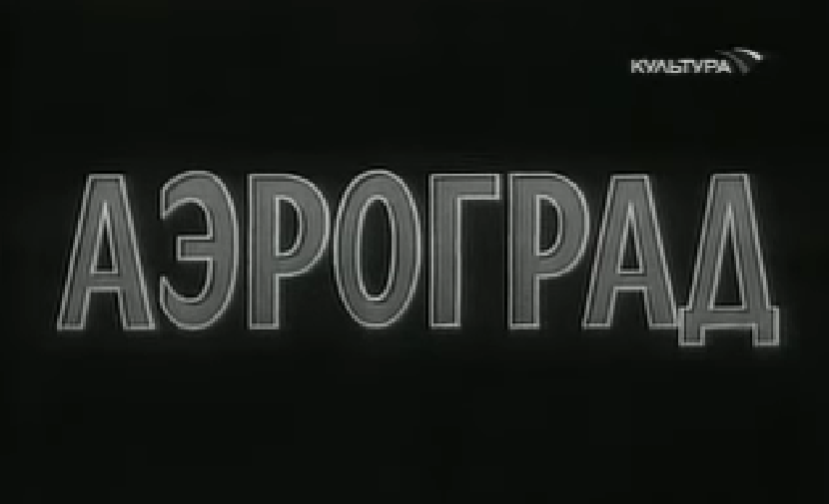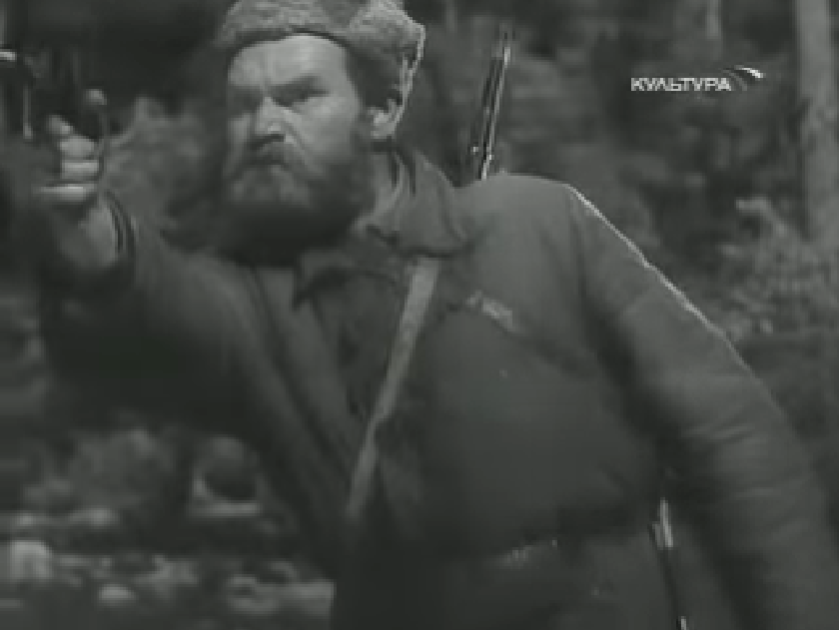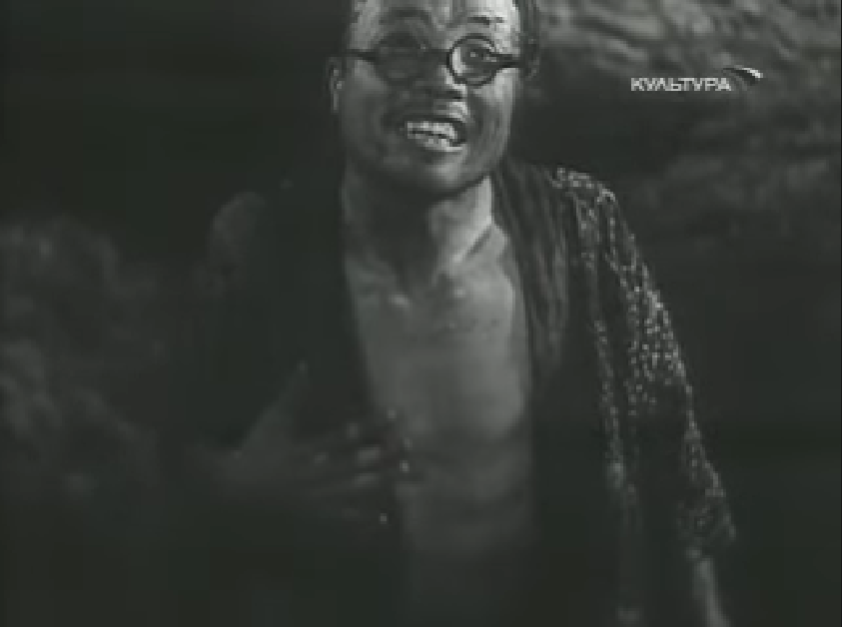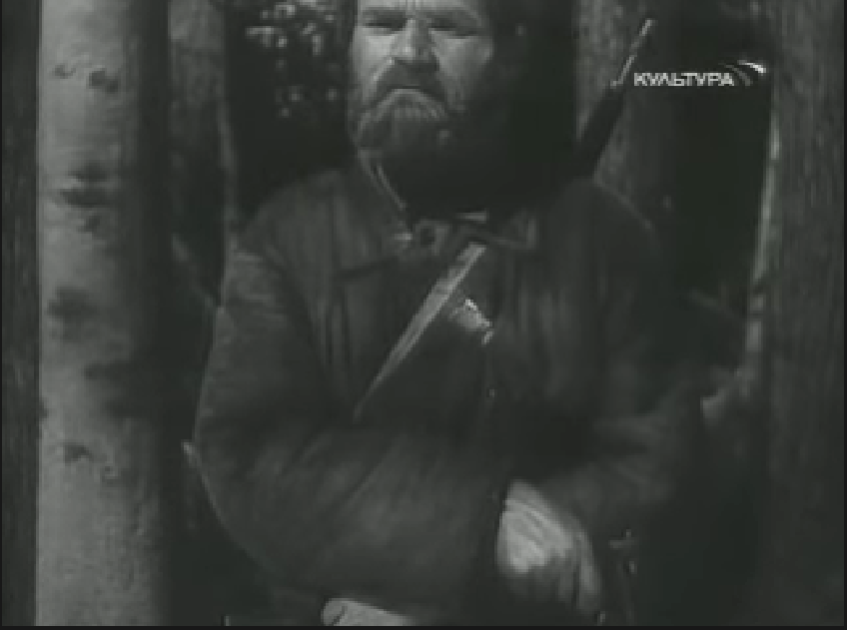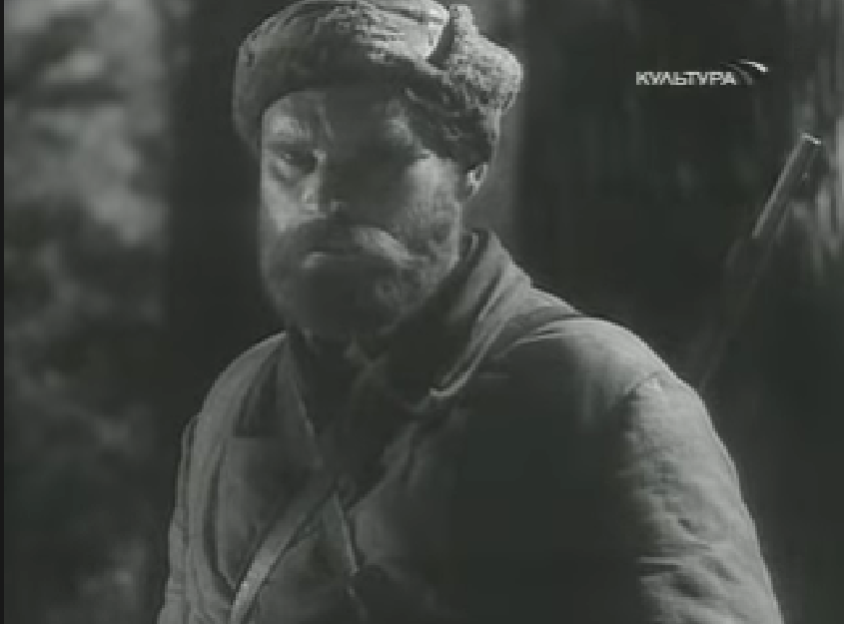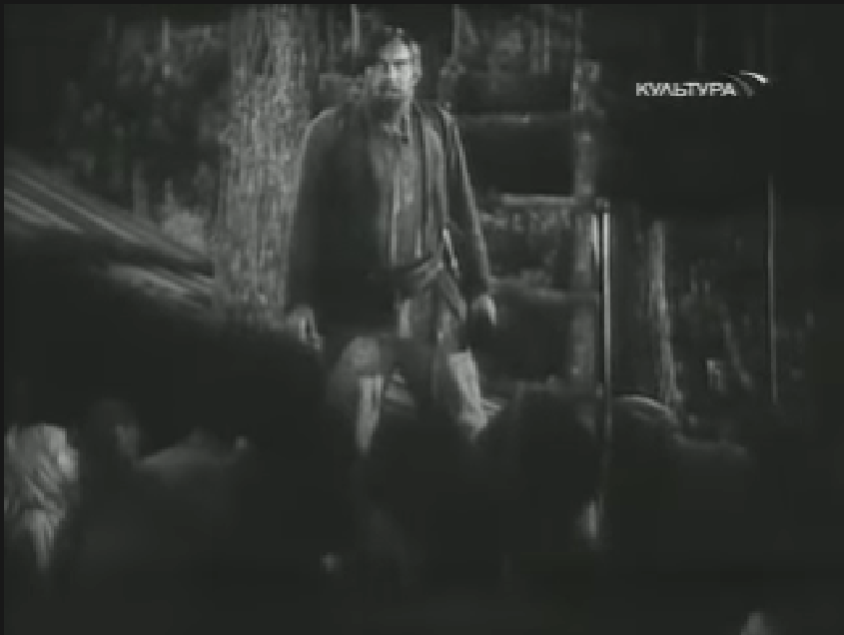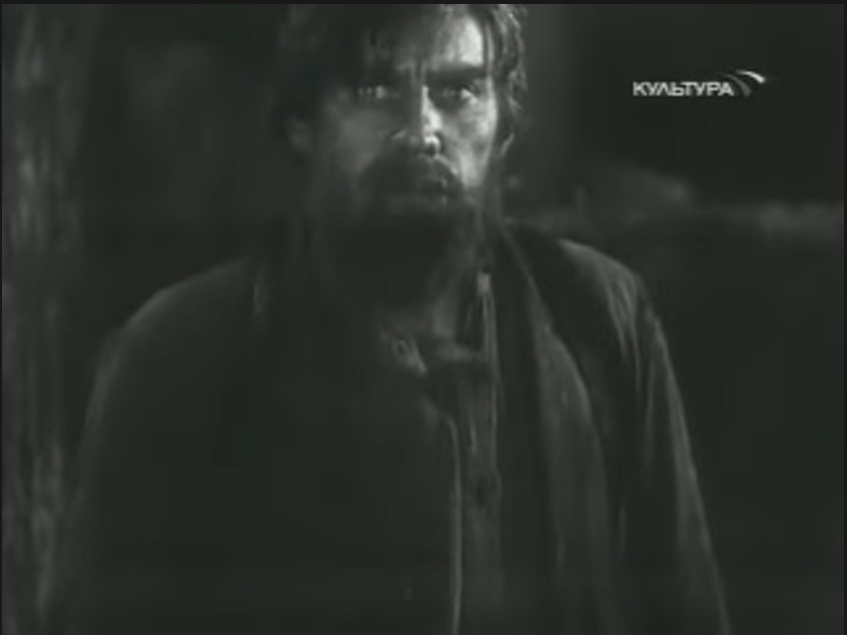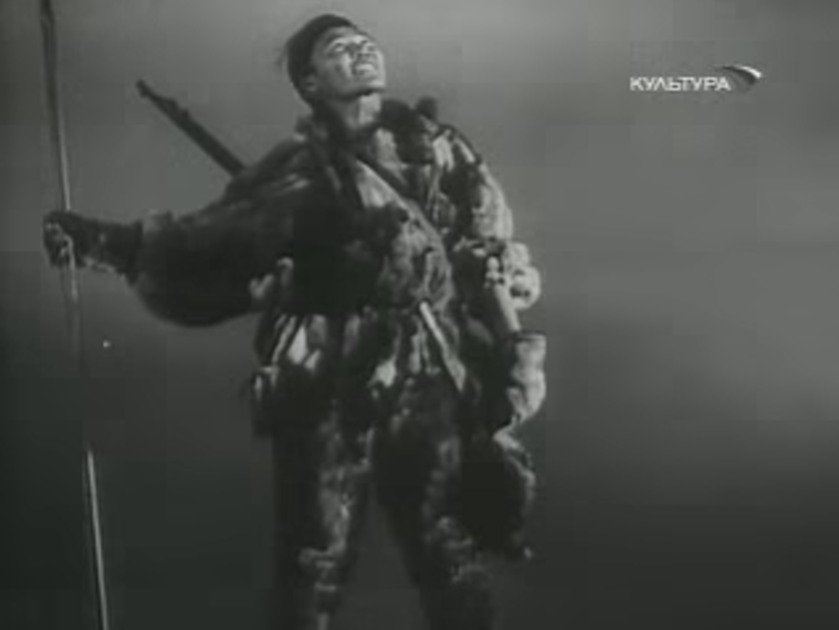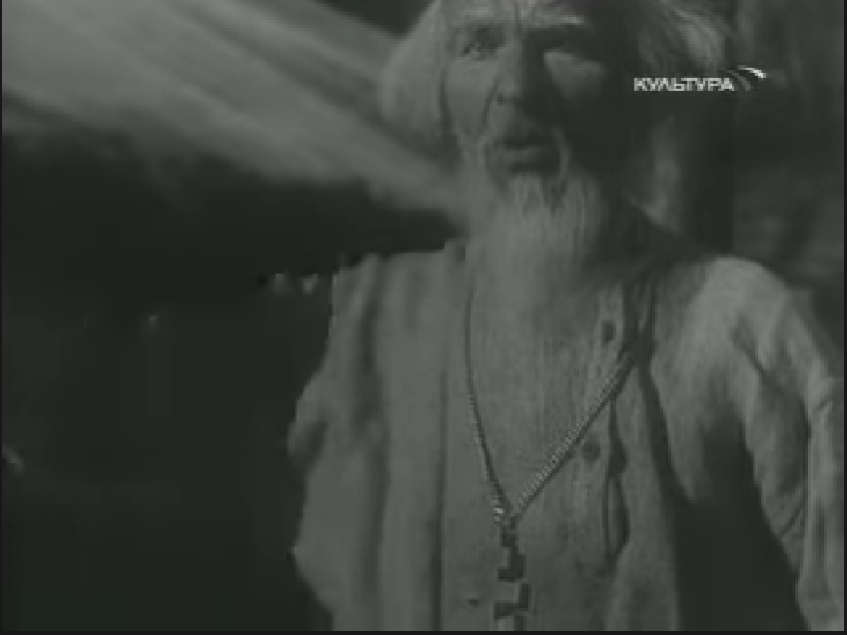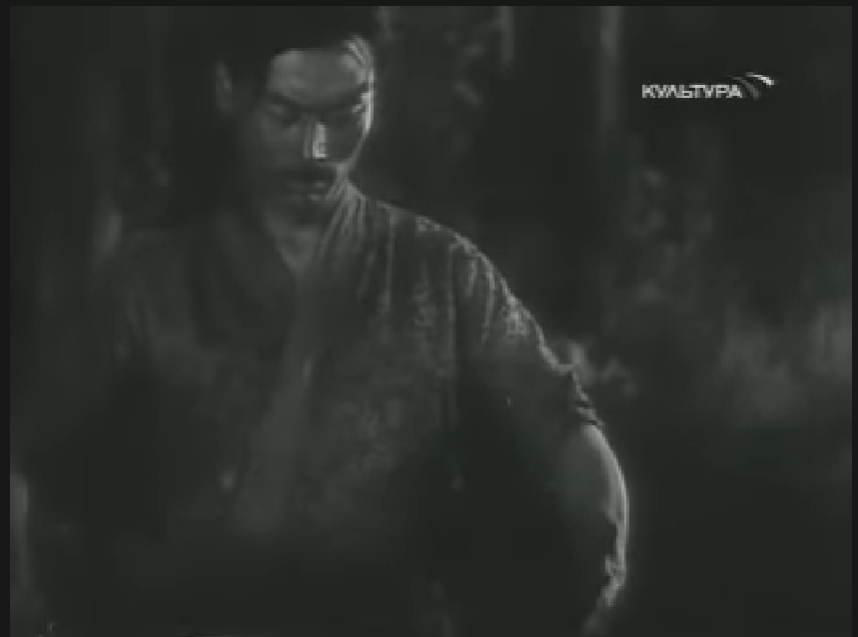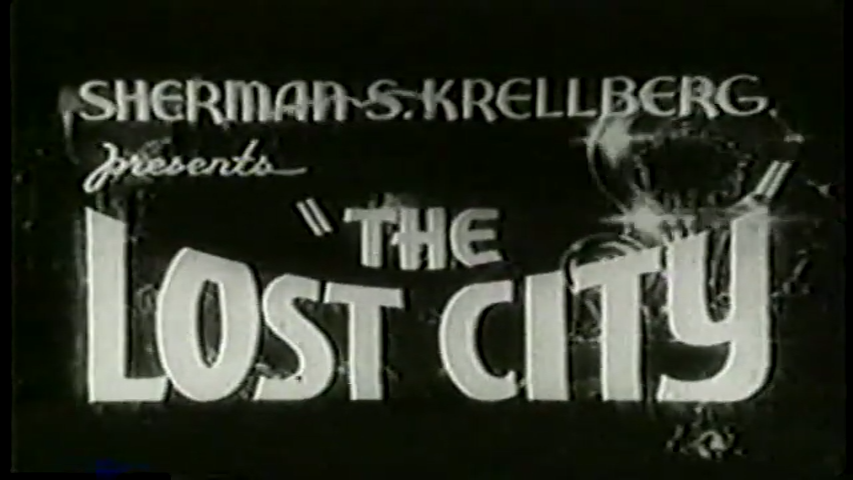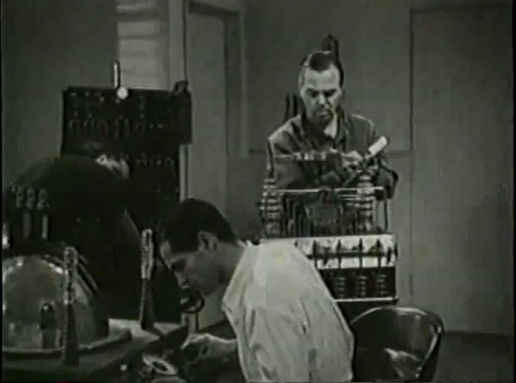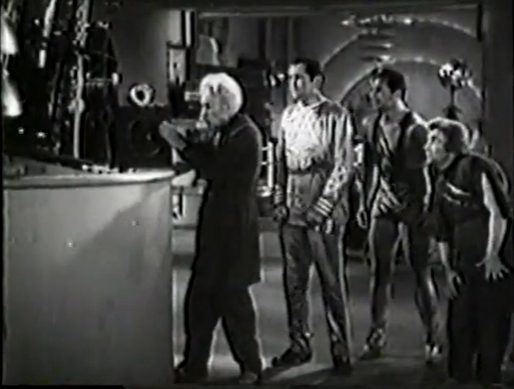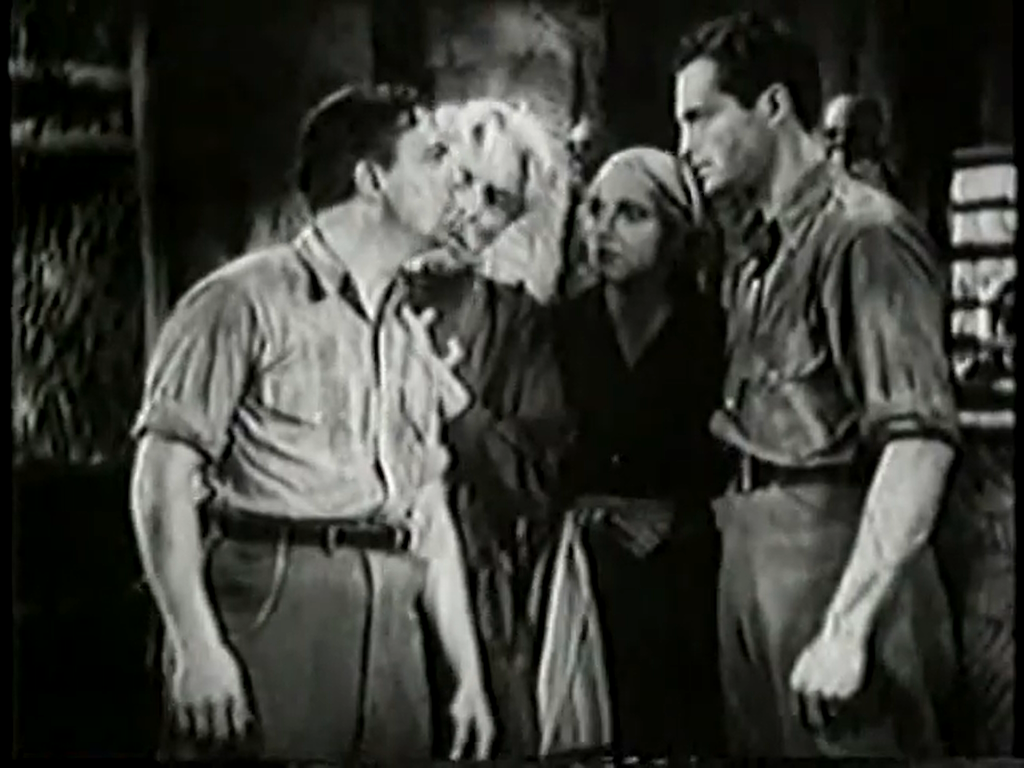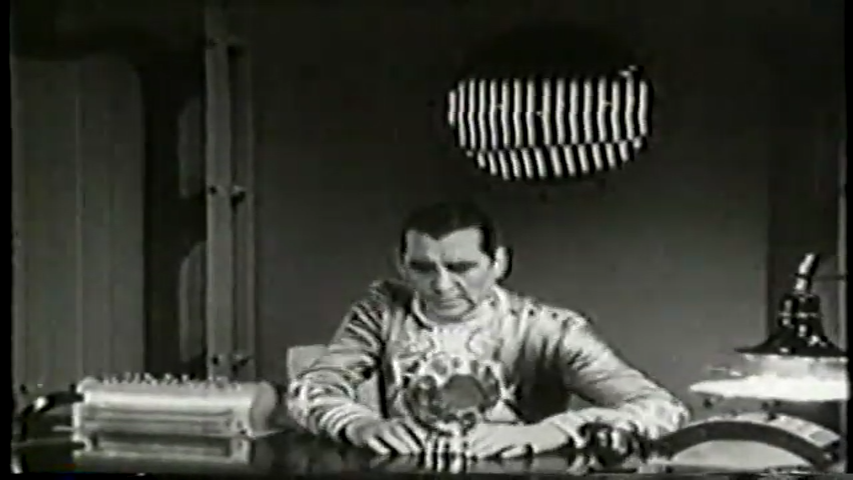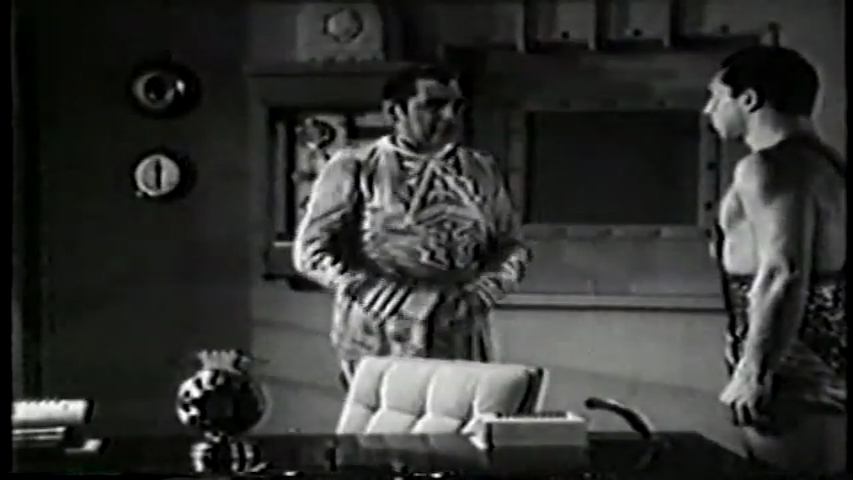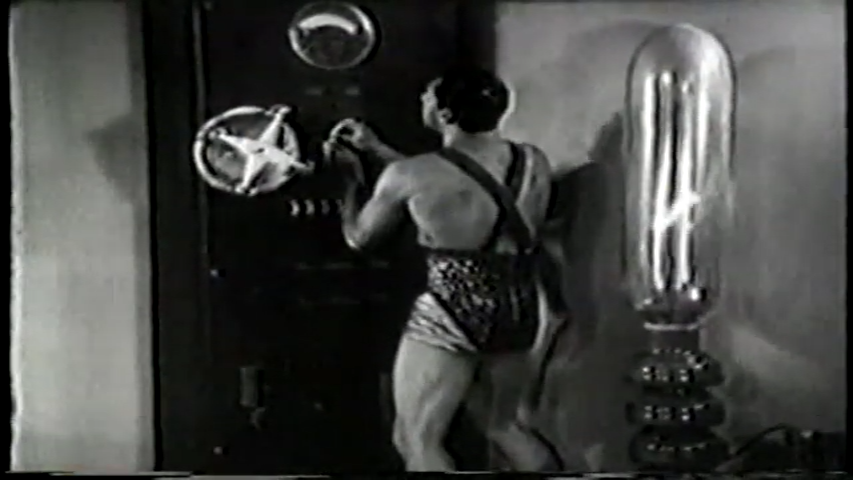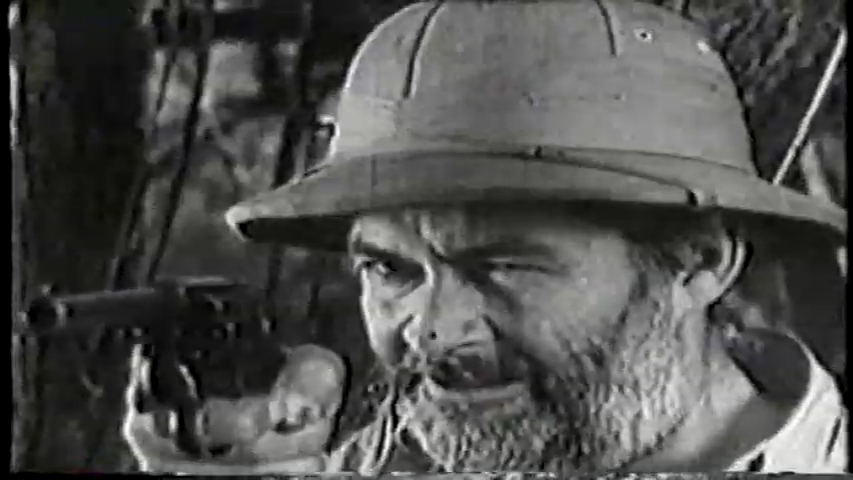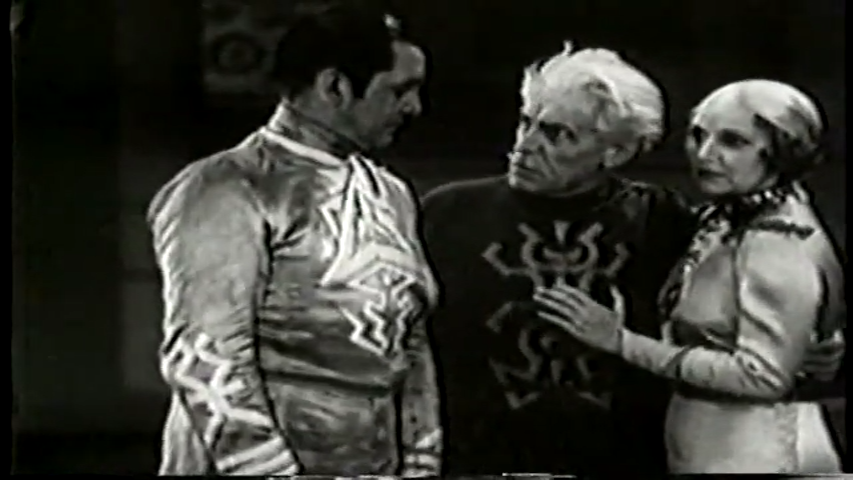-
#523 – The Tunnel (1935)
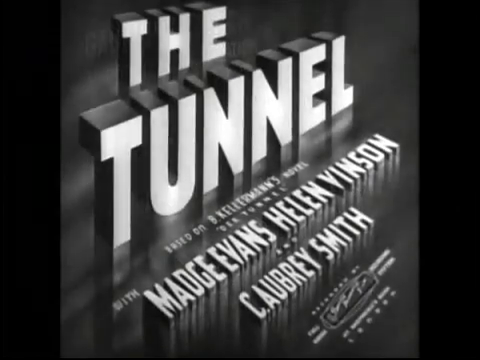
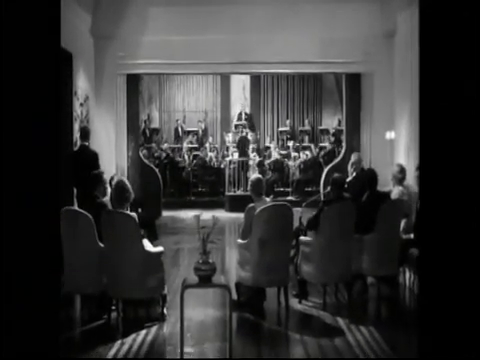
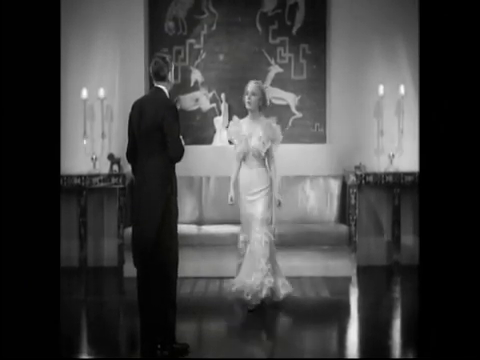
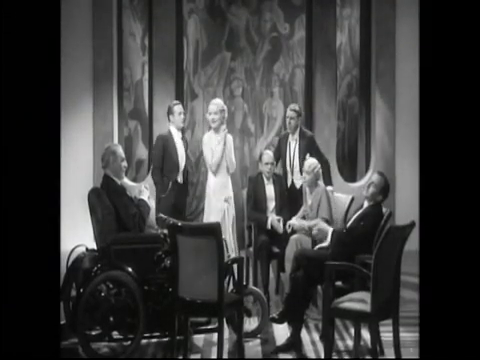
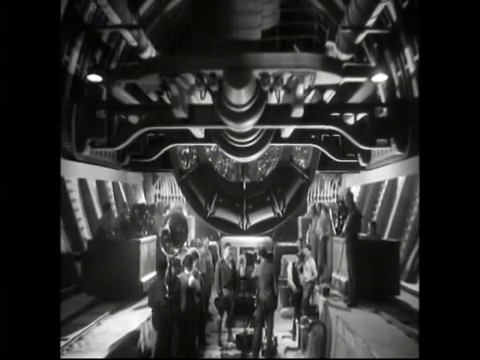
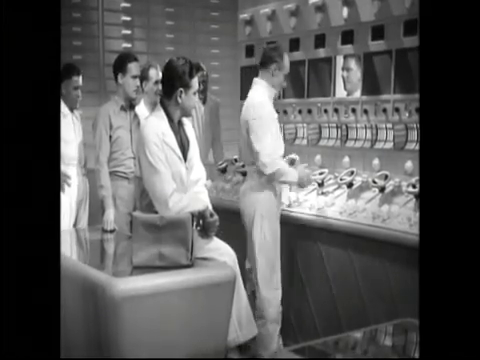
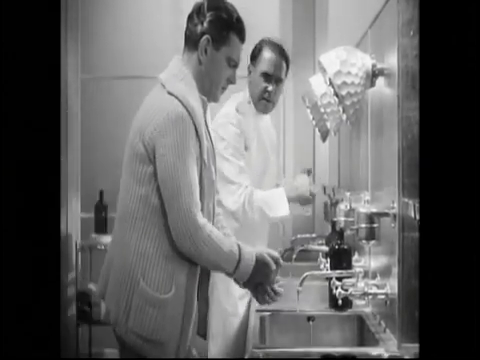
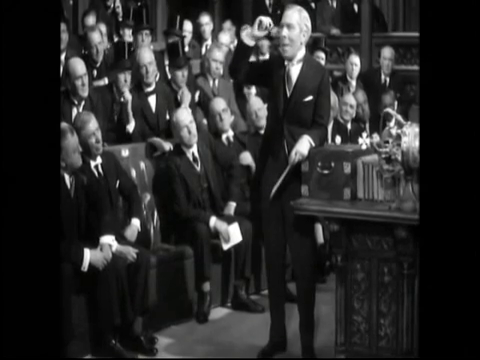
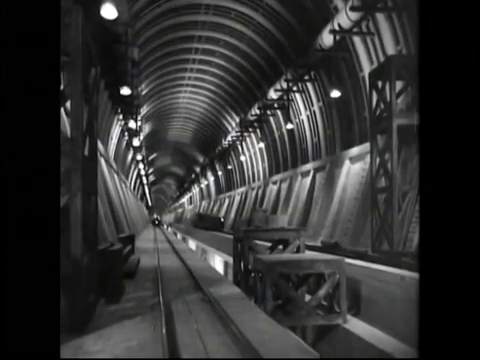
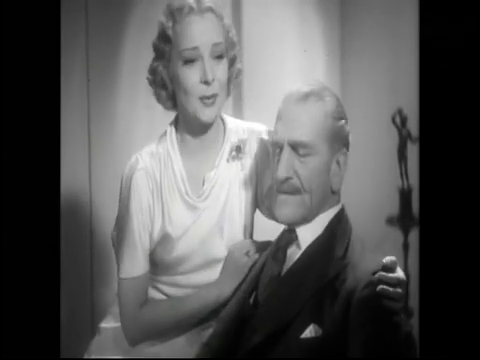
The Tunnel (1935)
Film review #523
Director: Maurice Elvey
SYNOPSIS: Richard McAllan is an engineer who has a dream to build a tunnel between England and the United States. He convinces a group of billionaires including Lloyd, the world’s richest man, to fund the project, but there are many other problems that present themselves on the way to the projects completion, both in terms of McAllan’s private life, and those looking to profit from the tunnel’s failure…
THOUGHTS/ANALYSIS: The Tunnel (released as Transatlantic Tunnel in the U.S.) is a 1935 science-fiction film based on the novel Der Tunnel by Bernhard Kellermann. The film opens up with an orchestra performing for a select group of billionaires at the home of Lloyd, the richest man in the world. Engineer Richard McAllan is also there, to propose the construction of a tunnel underneath the Atlantic Ocean, connecting England and the United States. After much persuading, he manages to get their support, and work on the most ambitious project in human history begins. The plot of the film goes through all the drama and problems that would be associated with such a project, and splits its time between looking at the tunnel itself and the logistical problems, and also how the project impacts McAllan and his relationships with those around him. The balance between the two is well executed, and everything flows and connects nicely. There are a few changes from the novel and the 1915 film version, but they are mostly minor. The setting seems to be a near-future setting, where the Channel Tunnel was completed in 1940, so it’s a different vision of the future rather than what was actually happening in 1940 in Europe.
The tone of the film is very uplifting and optimistic, and McAllan is presented as an idealist who wants to use this project to change the world for the better. We also see political leaders in the U.S. and U.K. similarly making speeches in the U.K. parliament and U.S. congress to this effect. The film stands out in two respects: First, the acting is pretty good for the era, and the emotional scenes are delivered very well. The dated romance stuff and traditional roles still feel dated, but when the film needs to convey more raw emotion, it does so very convincingly; more so than any other film I’ve seen of the era. The cast isn’t too varied, but everyone has a specific role to play, and you get a good sense of what they’re there for.
The second stand out part of this film is the sets and design: you really get a sense of the tunnel’s massive scale in these large sets full of machinery, filled with crowds of men digging. The Tunnel is actually the third incarnation of the film released over two years, with the German and French versions released first, and the English version released after. Each version uses the same sets and mostly the same script, but changes the actors for the different languages (this was before dubbing was a thing). As such, the sets were probably meant to last. The English version also has a different director, which means it deviates a little more from the other two. Perhaps the big difference between the film and the novel is that the film presents a more evenly optimistic tone; and that the end justifies the struggle of the development of the tunnel. The novel focuses much more on the hardships though, and McAllan (Mac Allan in the original German) becomes a worldwide reviled figure. The ending is also a high note, marking the completion of the tunnel and new prosperity for “the English speaking world,” but we never see how this takes shape, but since the film is about the construction and completion of the tunnel, and dealing with it’s consequences would probably dilute that focus. The novel does look a little closer at the effects of the tunnel’s completion, but it’s not entirely optimistic: the tunnel is already shown to be updated (the completion of the tunnel takes a lot of years to finally complete, and by then, it had already become obsolete, as airplanes were now able to carry people across the Atlantic faster than travelling through the tunnel. With regards to this film version of The Tunnel, it has some very strong points in both the acting and the design, and really brings the story to life in this regard. Some parts are a bit predictable and rooted in the old-fashioned values of the day, but there’s enough to make it an interesting watch if you like the films of this era.
-
#495 – Aerograd (1935)
Aerograd (1935)
Film review #495
Director: Aleksandr Dovzhenko
SYNOPSIS: In eastern Siberia, a remote village is under threat from Japanese invasion, as well as the Soviet army planning to build Aerograd, a city of the future in the area. Stepan Glushak, a resident of the village and renowned soldier, must embark on a mission to protect his village.
THOUGHTS/ANALYSIS: Aerograd (Also called Frontier) is a 1935 soviet film. The film centres around a remote village in Eastern Siberia, which is caught in between Japanese invaders, and the building of a new modern town called Aerograd under construction by the soviet army. Stepan Glushak, who was born in the village, returns to tell them of the new town, but is met with resistance by the superstitious locals, who fear change. The plot of the film is pretty threadbare: as with most soviet films from the time, this is nearly all just propaganda. There are numerous, extended speeches glorifying the red army, and songs singing its praises to the footage of fleet of soviet aircraft. Stepan tries to convince the residents of the village not to fear the soviet union, but they are sceptical, God-fearing people who fear change. It’s a simple premise, but one you can easily understand, and offers a solid base to sing the praises of the red army as they take out the invading Japanese forces.
The characters are fairly one-dimensional and uninspiring: Stepan embodies the soviet cause, and is the stoic, burly and heroic male lead. The residents of the village by contrast are portrayed as superstitious, irrational and old-fashioned in their fear of the red army. The Japanese, likewise, are overly-emotional and overacting to make them seen as different as possible. The Japanese soldiers are referred to as “Samurai,” even though they don’t have the traditional samurai armour or attire. I wonder if that’s a misconception that all Japanese soldiers are samurai that was held back then, but I can’t be sure. Either way, the purpose of the film definitely is not to accurately represent Japanese culture.
The cinematography of the film is perhaps it’s strongest point. There’s lots of expansive shots of the Siberian wilderness: a place that very few people would have seen on film or in person at that time. The cuts between cameras within scenes is also smooth and well done, particularly considering the scenes shot outdoors, and done when most scenes only consisted of a single camera. The footage also of fleet of airplanes, including being film from the planes themselves, is also quite well done. It’s difficult with these sorts of films to get to any kind of message the film has underneath all of it’s state-mandatory propaganda, and Aerograd is no exception. There’s some opinion that there’s some anti-Soviet sentiments that are hidden underneath the surface, but again, it is very difficult to make out. You could argue that the whole situation of Stepan abandoning his village for the glory of the Soviet Union paints him as a villain, and that certain moments of hesitancy regarding him killing his childhood friend open up a space within which things can be questioned by the viewer, but it is all very slight, and nothing concrete (but that would be by design, as any more obvious anti-Soviet sentiment would not have made it to film). It’s perhaps pretty easy to dismiss any Soviet Cinema as being simply propaganda, but there’s still plenty of decent films from the era that have a decent story etc., but I don’t think Aerograd is one of them.
-
#375 – The Lost City (1935)
The Lost City (1935)
Film review #375
Director: Harry Revier
SYNOPSIS: Extreme weather is causing mass destruction across the Earth, with seemingly no known explanation. Electrical engineer Bruce Gordon manages to use one of his machines to trace the source of these disturbances to an unexplored region of central Africa. He leads an expedition to the area to investigate and ends up discovering a lost city ruled by a madman who is intent on attaining absolute power from his machines. Bruce must join forces with the various people in the region, and stop the evil Zolok from using his machines before the world is destroyed…
THOUGHTS/ANALYSIS: The Lost City is a 1935 science-fiction, twelve part film serial. in the opening, we see storms ravaging the cities of the world, causing mass destruction. The world is unable to find the cause of these freak weather events, until electrical engineer Bruce Gordon uses one of his inventions to locate the source in an unexplored region of central Africa. Bruce leads an expedition to the area withe his friend Jerry Delaney, and when he arrives at a trading post, a man named Butterfield stumbles in injured, telling of a lost city beneath Magnetic Mountain guarded by giants. Believing there is a connection between Magnetic Mountain and the storms, Bruce investigates and finds the lost city is real. There, a man named Zolok is forcing Manyus, a scientist, to construct inventions which he believes will help him rule the world. The opening chapter of the serial is typically full of exciting effects and setting the stage for a thrilling adventure. As I’ve mentioned before in other serial reviews, the opening chapter is often the most thrilling and interesting, as it is meant to entice viewers to return to the theatre every week to watch the subsequent parts. These serials can quite quickly run out of steam, as they are made on a low budget and there is a lot of re-used settings and back-and-forths between the heroes and villains that can get repetitive. With The Lost City though, this repetition is kept to a minimum as there’s a number of distinct locations, and a large cast that gets introduced as the story goes on, so these new elements continually change the dynamic of the plot. Of course, there’s also plenty of daring cliffhangers at the end of each chapter, with lion pens, giant spiders and all sorts of devious traps that will encourage viewers to return next week. The overall story is definitely stronger than many similar serials I have seen.
As I mentioned, the cast is fairly large, and are somewhat diverse. The “giants” are pretty cool, and have a menacing presence. The big problem here though, with the film being set in central Africa, is the film’s depiction of non-white races. The “native tribes” are portrayed as very typical, primitive people as very much stereotypes of what western countries at the time were taught Africa to be. The fact that the film does not further pinpoint the location other than “Africa” again shows how the entire continent is ill-defined by said countries. When the “Arabs” shows up around half-way through the serial, they again are portrayed in a stereotypical fashion. Both of these groups, when they are supposedly speaking in their own language, is clearly just gibberish being shouted by the actors, which again just reinforces the dismissive attitude to non-white cultures. i think the main villain is designed to be similar to an east Asian person as well, just to round off the serial’s inclusion of all races. The portrayal of the black giants is clearly meant to make them as menacing as possible too. On top of all this, there is a plot element that Manyus has invented a medicine that can turn black people white. While the film does not label this as a “cure” for being black, it does feel that way at points, and really just compounds the fact that this film is horrifically outdated, and racially dismissive/ignorant.
The Lost City really shines through in terms of its story, and it paces itself well throughout the twelve chapters by continually introducing new characters and dangers in order to keep things fresh. In this respect, it avoids one of the significant problems that plague the serial format. However, it’s depiction of non-white races is horrifically ignorant and outdated, and really is non-redeemable. Yes, it is a product of it’s time, but I do not feel that it is enough of an excuse to dismiss its harmful racial depictions.
